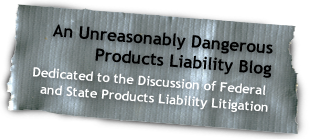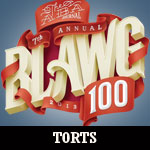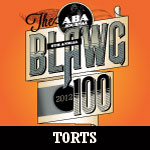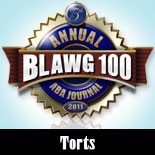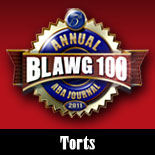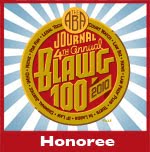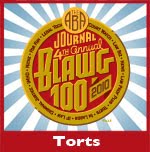Revolutionary Hot Coffee Lawsuits Filed in California
According to a report from ABC-30 (Fresno, CA), two Fresno women have recently filed suit against McDonald’s alleging that they sustained burns caused by hot coffee. There is nothing unique or interesting about two new hot coffee suits as they have been commonplace in the 20+ years since the infamous jury verdict in Liebeck v. McDonald’s. What is interesting, however, is that Plaintiffs’ counsel and ABC-30 seem to think they made some newfound discovery as to the reason these suits keep popping up. As reported by ABC-30:
Wagner says hotter coffee stays fresh longer, so McDonald’s usually chooses to keep it too hot — saving more than $1 million a day at franchises across the country. Legal analyst Jeff Hammerschmidt says that savings may be more valuable than customer safety. ‘It appears McDonald’s has made a business decision to sell the coffee hotter to be able to make more profit and they continue to make more profit even if they’re paying settlements,” he said.
In other words, McDonald’s serves hot coffee because it is good for business. Talk about a newsflash.
We jest at this recent epiphany about the association between hot coffee and higher profits, but the argument is clearly nothing new. The argument was pivotal in the Liebeck trial and the jury based its $2.7 million punitive damages award on McDonald’s two day revenue from hot coffee sales. In any event, this “corporate greed” theory ignores the simple point made here at Abnormal Use many times – coffee is served hot because people like it that way. In discussing a hot coffee suit filed against Chick-Fil-A back in 2011, we had this to say about the hot coffee-sales comparison:
Back in 1994, Plaintiff’s expert Dr. Charles Baxter opined during the Liebeck trial that the optimal temperature to serve coffee was between 155 and 160 degrees. Defense expert Dr. Turner Osler indicated that coffee served at a temperature as low as 130 degrees could result in burns similar to those sustained by Ms. Liebeck. Further, Reed Morgan, Ms. Liebeck’s counsel, theorized that any coffee served over 140 degrees was “unreasonably dangerous.” If this testimony from the Liebeck trial is true, why do top fast food chains continue to serve an allegedly “dangerous product?” Either restaurants have a diabolical agenda to harm their patrons or they have recognized that people enjoy their coffee piping hot.
The ABC affiliate’s study demonstrates that the Liebeck case did little, if anything, to alter the manner in which fast food restaurants serve coffee. Further, it reveals that the conduct of McDonald’s in the early 1990s conformed to industry standards – both then and now. Critics of the restaurant chain – and those who attempt to use the Liebeck case to advance the agenda of the Plaintiffs’ bar – simply fail to acknowledge the fact that coffee, by its very nature, is meant to be served hot. No one wants to consume a lukewarm cup of sub-140 degree coffee. Restaurants recognize this fact, as do consumers of coffee. Why can’t the trial bar? If Mr. Morgan honestly believes that any coffee served at a temperature greater than 140 degrees is “unreasonably dangerous,” then he essentially argues that coffee should be taken off of restaurant menus. Starbucks did not become a morning staple because of its iced coffee selections.
Does McDonald’s serve hot coffee because it is concerned about its bottom line? Sure, it does, but what business doesn’t act in ways to maximize profits? McDonald’s, Starbucks, or any other coffee-selling establishment serves coffee hot because the consumer demands it. And, for this reason, we have questioned whether coffee can be construed as “unreasonably dangerous” in most situations.
On an interesting note, ABC-30 measured the serving temperature at the McDonald’s at issue in the recent lawsuits and found the temperature to be 153 degrees – less than the optimal serving temperature prescribed by the plaintiff’s expert in the Liebeck case. The coffee in ABC-30‘s break room? It was served at 167.5 degrees.

